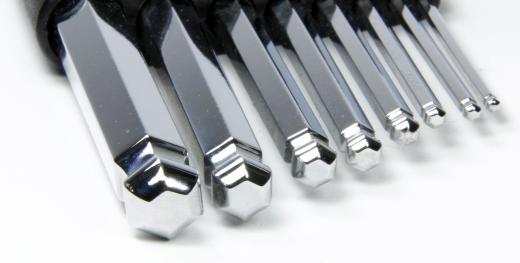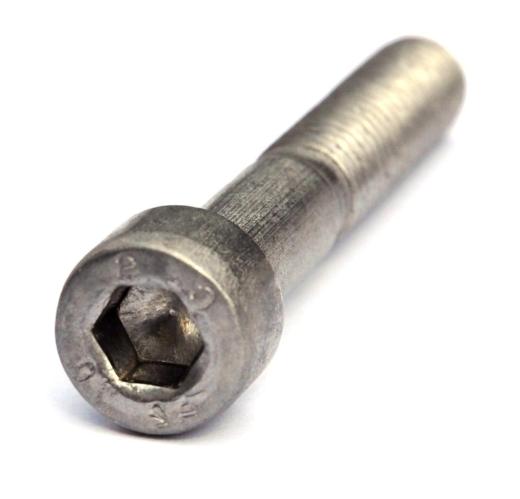A cap screw is a type of fastener used for making mechanical connections between mating objects, to ensure that they are held together securely. These screws are commonly used to fasten machine parts and many other types of objects, such as those inside home appliances or consumer electronic devices. It is important to select the right size and type of cap screw for each individual application.
A cap screw is directly tightened into a threaded or tapped hole, and is normally used without a nut. It has a large head on one end and a cylindrical shaft with an external thread — a helical structure that allows the screw to be advanced when rotated. The tapped hole has an internal thread that matches the external thread of the screw. When this screw is inserted and rotated into a tapped hole, it advances. The screw is tightened and loosened by applying torque to the head of the screw using a tool.

A variety of cap screw heads are available to allow different tools to be used for tightening or loosening the screw. The head has a larger diameter than the threaded portion to provide a positive mechanical stop when tightening the screw, and to allow the head to be shaped to accept a specific type of tool. Examples of commonly used cap screw heads are the hex head, which has a hexagonal shape for use with a spanner wrench; the socket head, which has recessed hexagonal hole for use with an Allen wrench; and the button head, which has a lower profile, dome-shaped head and recessed hexagonal hole for use in counterbored holes.

A cap screw can generate a high amount of clamping force when tightened. The mating surfaces between the screw and nut resist the force being applied by the screw, and help to prevent the mechanical connection from loosening over time. The type and size of cap screw selected for a particular application depends primarily on the forces required to adequately secure the mechanical connection.
Cap screws are available in both English and metric sizes, and with a wide variety of coarse and fine threads. They can be manufactured using carbon steel, stainless steel, or brass for corrosion resistance; metal alloys for high-strength applications; and even plastic materials. When selecting a cap screw, it is important to understand the environment and stresses that the mechanical connections will be exposed to, so that the proper size and material are used.
